What Is An On-Site Sodium Hypochlorite Generator?
Introduction
Water treatment is essential for public health, industrial processes, and sanitation. Traditionally, many facilities relied on bulk deliveries of chlorine-based disinfectants. However, on-site generation of sodium hypochlorite offers a safer, more cost-effective, and sustainable alternative.
In this guide, we’ll explore everything you need to know about on-site sodium hypochlorite generators. We'll explain how these generators work, their benefits, where they're used, how to maintain them, and why they're the future of water treatment.
What Is an On-Site Sodium Hypochlorite Generator?
An on-site sodium hypochlorite generator is a system that produces sodium hypochlorite solution directly at the point of use.
It uses salt, water, and electricity to generate a low-strength disinfectant, commonly used for water treatment, sanitation, and industrial applications.
Unlike bulk sodium hypochlorite, which degrades over time, on-site generators produce fresh solution as needed.
This eliminates transportation costs, reduces safety risks, and provides a more consistent disinfectant concentration.
How It Differs from Traditional Chlorination
· Bulk Sodium Hypochlorite: Requires large storage tanks and has a limited shelf life.
· Chlorine Gas: Highly hazardous and requires strict handling regulations.
· On-Site Generation: Produces fresh sodium hypochlorite with minimal risk and waste.
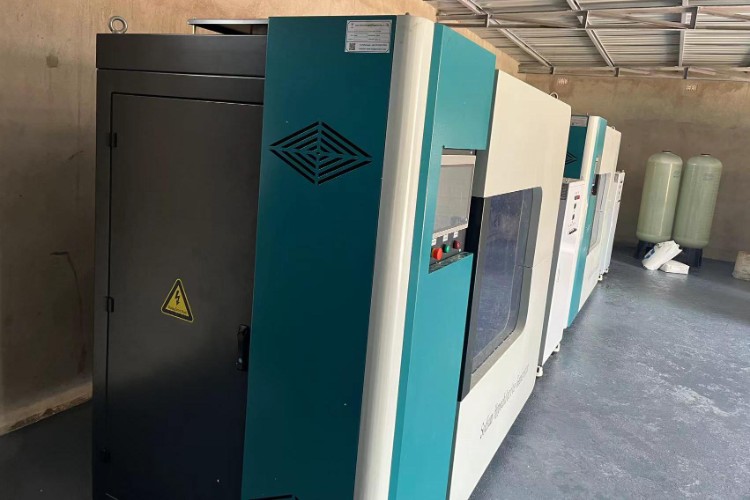
How Do Hypochlorite Generation Systems Work?
The working principle of these systems revolves around electrolysis. By passing an electric current through a brine (saltwater) solution, the system generates sodium hypochlorite. This process is safer and more sustainable than transporting and handling large volumes of hazardous chemicals.
Step-by-Step Process
1. Salt Dissolution: The system dissolves common salt (NaCl) in water to create a brine solution.
2. Electrolysis Reaction: An electrolyzer applies electrical current to break down the salt molecules.
3. Hypochlorite Formation: The reaction produces chlorine (Cl₂), hydrogen (H₂), and sodium hydroxide (NaOH), which combine to form sodium hypochlorite (NaOCl).
4. Storage and Use: The solution is stored in a tank and automatically fed into the water treatment system.
Key Components of a Sodium Hypochlorite Generator
· Brine Tank: Holds the saltwater solution before electrolysis.
· Electrolyzer: Generates sodium hypochlorite through an electrochemical reaction.
· Storage Tank: Collects and stores the produced solution for immediate or future use.
· Control Panel: Automates and regulates production to meet demand.
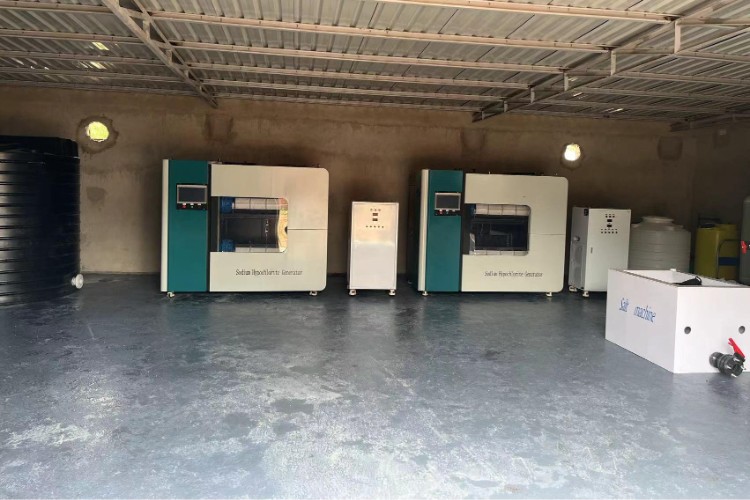
Advantages of an On-Site Generator
On-site sodium hypochlorite generators offer multiple benefits over traditional disinfection methods. Let’s break them down:
1. Cost Savings
· Eliminates expenses related to transporting and storing bulk chemicals.
· Reduces purchasing costs associated with third-party chemical suppliers.
· Lowers regulatory compliance costs for hazardous chemical handling.
2. Enhanced Safety
· Eliminates the need for hazardous chlorine gas.
· Reduces the risk of accidental spills and exposure.
· Improves workplace safety and compliance with health regulations.
3. Consistent & Fresh Production
· Ensures a steady supply of sodium hypochlorite with optimal potency.
· Eliminates degradation issues associated with stored bleach solutions.
· Provides precise dosing control for water treatment applications.
4. Eco-Friendly & Sustainable
· Uses only salt, water, and electricity—minimizing chemical waste.
· Reduces transportation-related carbon emissions.
· Supports green initiatives and sustainable water treatment practices.
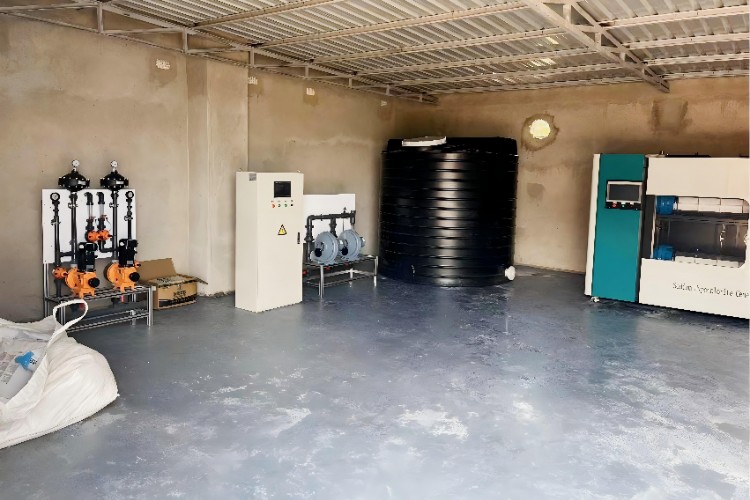
Applications in Water Treatment & Industrial Use
Hypochlorite generation systems serve a broad range of industries. Their ability to provide reliable disinfection makes them essential in many sectors.
1. Municipal Water Treatment
Cities and towns use low-strength sodium hypochlorite generators to disinfect drinking water and wastewater. These systems provide a continuous and controlled supply of disinfectant, ensuring public safety.
2. Industrial Applications
Many industries rely on sodium hypochlorite for process water treatment, cooling towers, and corrosion control. Examples include:
· Power Plants: Prevents biofilm buildup in cooling water.
· Pulp & Paper Mills: Used for bleaching and microbial control.
· Textile Industry: Disinfects water in dyeing and finishing processes.
3. Food & Beverage Industry
Maintaining hygiene in food processing is critical. Sodium hypochlorite is widely used for:
· Surface disinfection of food preparation areas.
· Sanitization of water used in beverage production.
· Cleaning and disinfecting packaging equipment.
4. Pool & Spa Maintenance
Public pools and spa facilities use sodium hypochlorite to keep water free from harmful bacteria and algae. On-site generators ensure precise control over chlorine levels, improving water quality.
5. Agriculture & Livestock
Sodium hypochlorite plays a key role in:
· Disinfecting irrigation water to prevent crop diseases.
· Sanitizing dairy and poultry farm equipment.
· Controlling waterborne pathogens in livestock drinking water.
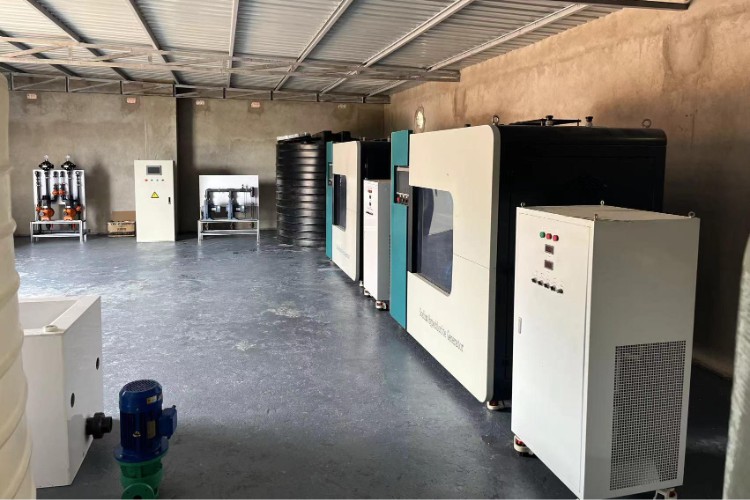
Choosing the Right Sodium Hypochlorite Generator
Selecting the right generator depends on factors such as system size, production capacity, and operational requirements.
Key Considerations:
1. Production Capacity: Measured in pounds of chlorine per day (PPD).
2. Salt & Energy Efficiency: Optimized designs lower operational costs.
3. Automation & Monitoring: Smart controls improve efficiency and reliability.
4. System Footprint: Ensure space availability for installation and maintenance.
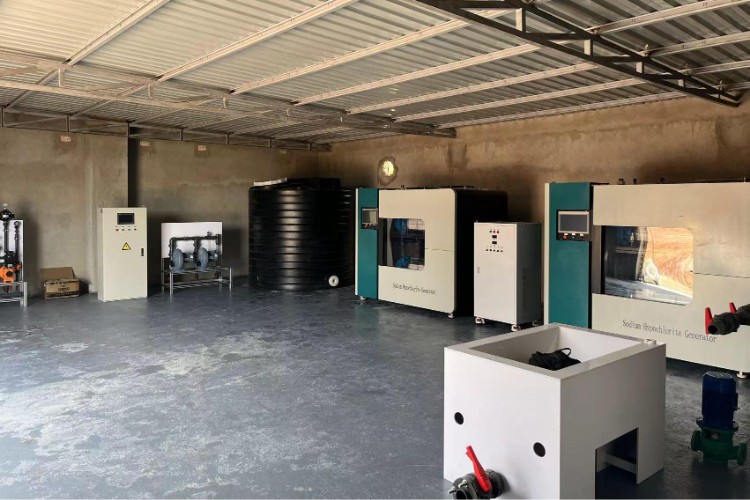
Installation & Maintenance Guide
Installing an on-site sodium hypochlorite generator requires proper planning and integration into existing water treatment systems. Regular maintenance is crucial for optimal performance.
Installation Steps:
1. Site Preparation: Allocate space for the brine tank, electrolyzer, and control unit.
2. Electrical & Plumbing Setup: Connect the system to the power source and water supply.
3. Calibration & Testing: Verify output concentration and adjust production settings.
Maintenance Tips:
· Regularly clean electrolyzer cells to prevent scaling and improve efficiency.
· Monitor salt levels in the brine tank to maintain consistent operation.
· Inspect storage tanks for contamination and ensure proper ventilation.
· Check electrical connections periodically to prevent malfunctions.
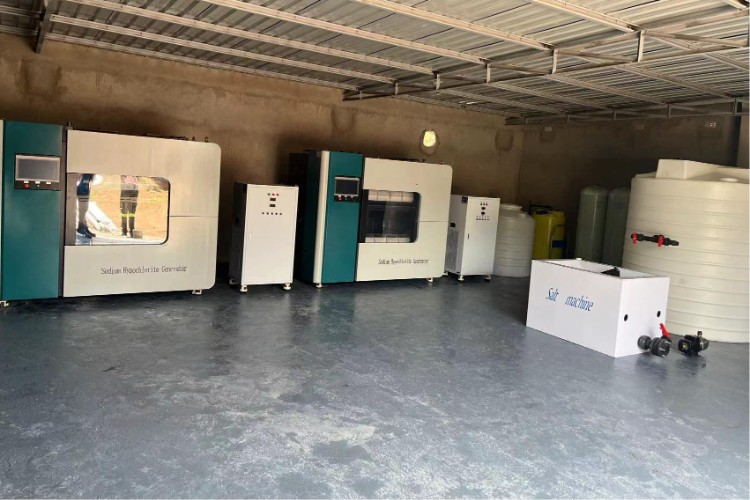
Future of On-Site Sodium Hypochlorite Generation
With increasing emphasis on sustainability and operational efficiency, industries are shifting toward on-site hypochlorite generation. Technological advancements continue to improve system efficiency, making these solutions more accessible and cost-effective.
Emerging Trends:
· Improved Energy Efficiency: Advanced electrolyzer designs reduce power consumption.
· Smart Monitoring Systems: IoT-enabled generators allow remote monitoring and control.
· Sustainable Innovations: Development of eco-friendly electrode materials enhances durability.
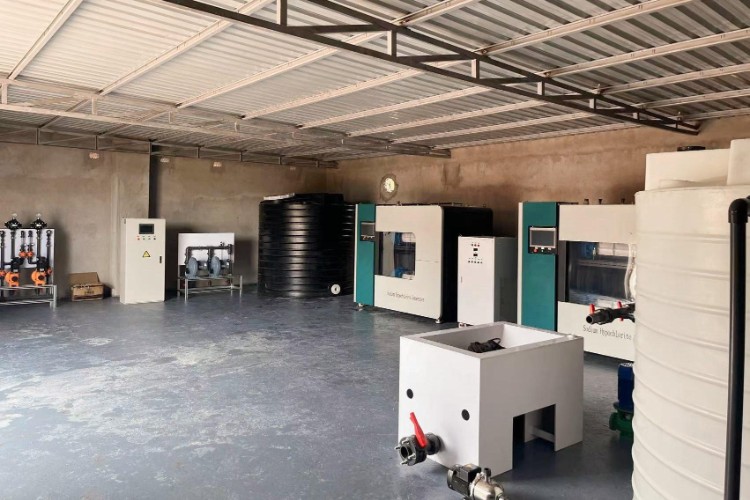
Conclusion
Investing in an on-site sodium hypochlorite generator is a game-changer for industries and municipalities. These systems offer cost savings, improved safety, and sustainability benefits, making them a smart choice for water treatment and sanitation.
As technology advances, on-site hypochlorite generation will continue to revolutionize industrial disinfection, reducing reliance on hazardous chemicals and providing a more sustainable approach to water treatment.
